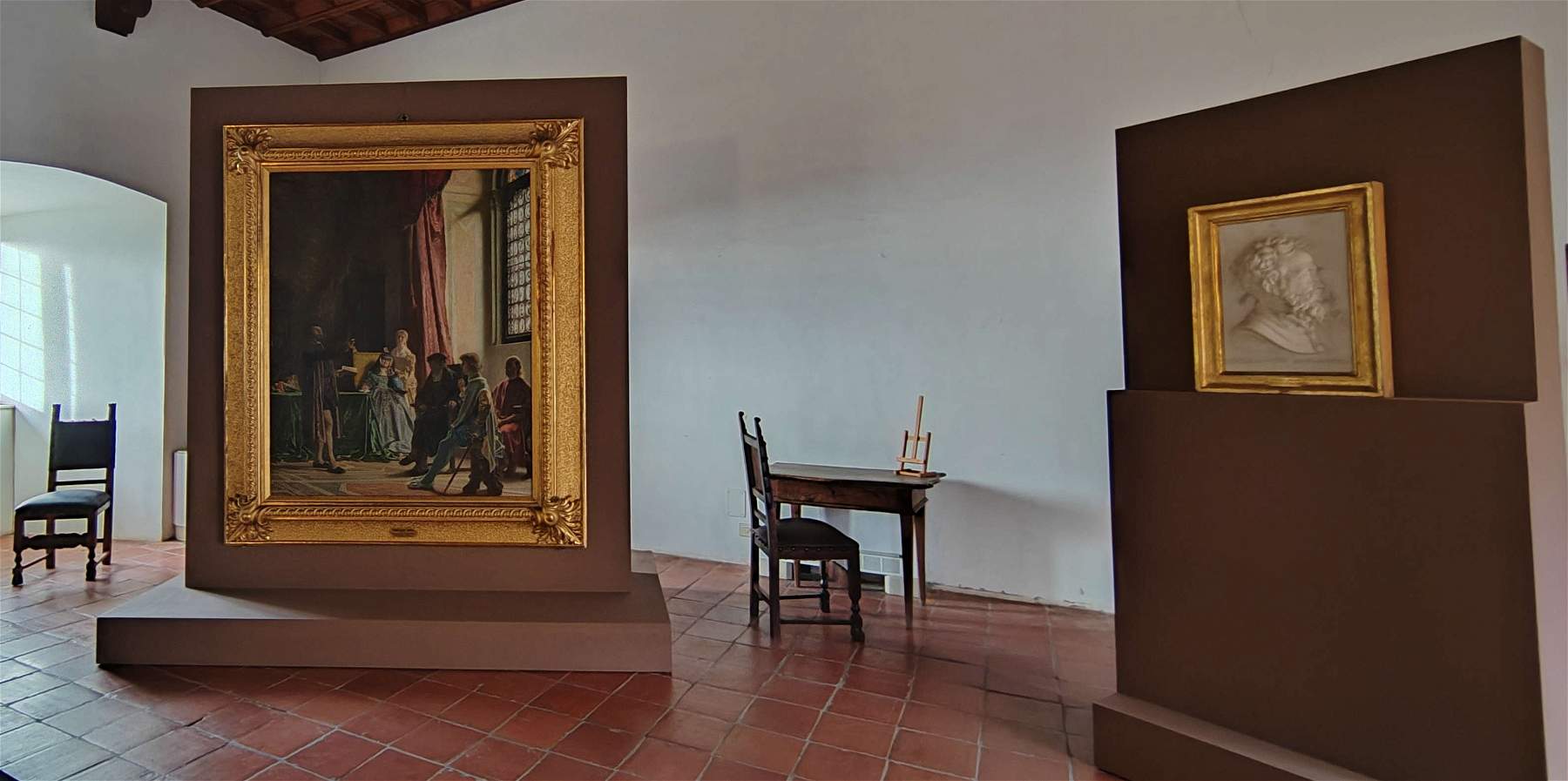Uffizi Diffusi is coming to Massa for the first time: the occasion is an exhibition, from Dec. 10, 2023 to Jan. 14, 2024, dedicated to the relationship between Michelangelo Buonarroti and the marble of the Apuan Alps, all in the Malaspina Castle venue, with the presence of two important works from the Uffizi as well as unpublished 16th-century documents from the Massa State Archives. The exhibition, titled The Marble and Michelangelo: a Myth from the Lorraine to the Savoy in the Uffizi Collection is organized by the Galleries together with the Municipality of Massa; curated by Elena Marconi (Uffizi Galleries) and Luisa Passeggia (Municipality of Massa), and is thelast stage of the Florentine museum’s great art diffusion project brought to an end in the “Schmidt era” (the director of the Uffizi, Eike Schmidt, is in fact expiring his term).
Michelangelo, as is well known, sourced his supplies from the Apuan quarries, and documents from the Massa State Archives, on public display for the first time, give an account of this link between the great sculptor and the mountains of nearby Carrara. The papers concern the marbles for the tomb of Julius II in Rome, a prestigious and troubled commission never completed by the sculptor. The myth of the artist, childlike genius, gruff and solitary man capable of testing the patience of popes and sovereigns, was also built on these events over the centuries. From the Galleria d’Arte Moderna in Palazzo Pitti, part of the Uffizi Galleries, a bas-relief by sculptor Vincenzo Consani from 1840 depicting the Portrait of Michelangelo in the form of an old-fashioned medal and a painting, Michelangelo Reading His Poems in the House of Aldrovandi, by Francesco Vinea from 1863 have arrived on loan for the Massa exhibition. The two works represent the rediscovery of Michelangelo’s genius during the 19th century, from Romanticism to the celebration of the national glories of the new Kingdom of Italy. Accompanying the exhibition are also four large-format reproductions of as many frontispieces of texts that testify, also from a historical and literary point of view, to the presence of the myth of Michelangelo in nineteenth-century Italy, before and after the Unification of Italy. A symbolic date, because it corresponds to that of one of the notarial contracts that will be on display, four in all, attesting to the profitable presence of the artist at the foot of the Apuan Alps. Now kept at the State Archives in Massa, two of the documents were exhibited more than 30 years ago in Rome; for the other two it is a world premiere. Finally, the exhibition’s itinerary is enriched by six historical views of Massa and Carrara, four of them made by Massa painter Saverio Salvioni and two others by an anonymous artist. The first four, although made between 1810 and 1813, render an image of the quarries and the Apuan Alps not very different from what Michelangelo could see in the 16th century. The other two were selected for their extraordinary figurative impact because they show, from two different points of view, the urban structure of the city of Massa between the 16th and 17th centuries where the Malaspina castle, which still housed the decision-making centers of the Marquisate of Massa and the Seignory of Carrara, stands out, and where Michelangelo probably met Marquis Antonio Alberico Malaspina. Finally, for the duration of the exhibition, artist Davide Quayola’s short film titled Michelangelo and the Everyday will be played on loop. In-depth lectures on the works on display will also be scheduled.
“After the exhibition of Andrea Markò’s monumental and spectacular view of Monte Forato in Fivizzano,” says Uffizi Director Eike Schmidt, “the Uffizi Diffusi returns to the Apuan Alps with this exhibition that investigates the relationship between Michelangelo Buonarroti and the places of origin of his marbles: places where the genius stayed even for extended periods, knowing them well and drawing inspiration for his creations.”
"The exhibition Marble and Michelangelo: a Myth from the Lorraine to the Savoy in the Uffizi Collection, hosted in the wonderful setting of the Malaspina Castle," stresses Massa Mayor Francesco Persiani, “is the protagonist of the Uffizi Diffusi project that will involve the city of Massa. The exhibition represents an extraordinary cultural and tourist promotion opportunity for our city and represents the beginning of a shared path with the Uffizi.”
 |
| Uffizi Diffusi, an exhibition on Michelangelo and marble in Massa |
Warning: the translation into English of the original Italian article was created using automatic tools. We undertake to review all articles, but we do not guarantee the total absence of inaccuracies in the translation due to the program. You can find the original by clicking on the ITA button. If you find any mistake,please contact us.